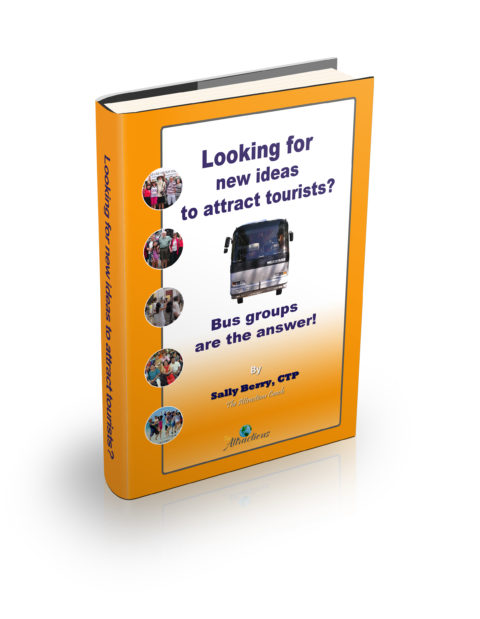 The Group Tour industry has been around for many decades. The industry is composed of tour operators, tourism offices, attractions, hotels, restaurants and retail shops. Early tour operators put together packaged tours that included lodging and attractions admissions, and eager customers would call the office and sign up. The market grew steadily through the 80s and 90s, as retirees signed up for trips and let others handle the logistics.
The Group Tour industry has been around for many decades. The industry is composed of tour operators, tourism offices, attractions, hotels, restaurants and retail shops. Early tour operators put together packaged tours that included lodging and attractions admissions, and eager customers would call the office and sign up. The market grew steadily through the 80s and 90s, as retirees signed up for trips and let others handle the logistics.
In 2001, the tourism industry was devastated by 9/11. No one wanted to travel and the world came to a standstill. I was working at The Canandaigua Lady, a paddle wheel steamboat in the Finger Lakes region in upstate New York at the time, and our busy fall foliage season came to an abrupt halt. No amount of marketing and advertising could have helped that situation.
But some interesting observations emerged from that tragedy. Communities realized that tourism had a direct economic impact on their communities, and began to look for ways to promote visitation to the area. Tourism meant jobs and additional tax dollars. Tourism businesses realized that growth was not a given, and many began to work hard to bring in more revenue.
I have always said that group tours are an easier sell than an individual visitor. For the same amount of effort, you can get 30-50 people to arrive, and they will come if it is raining, snowing, or cold. Once you understand how to welcome and service a group tour, it is easily replicated to groups from around the country (or around the world!) Creating lasting relationships with tour operators can ensure that your attraction will be featured in tour packages for several years.
Basic infrastructure needs for Group tour friendly attractions
Group tour guests like a clean, welcoming environment and an experience that they can talk about when they get home, just like any visitor. But group tours have additional needs that are important.
- This might sound funny, but I can guarantee you that the first thing most guests look for when they get off a bus is a public restroom. Many group tour guests are older, so convenience and handicap accessibility are important. I have done consulting in the past, and on more than one occasion I told the business that until they install public restrooms, they aren’t a group tour stop. The majority of customers on a bus tour are women, so at least two stalls for women would be best.
- Space in your attraction. Can you comfortably hold 55 people at once in your attraction? That is the number of seats on many buses. It would be fine to break the group into smaller groups to tour, but if you can’t fit that many in your facility at once, you are probably not big enough to host group tours.
- Motor coach parking and turnaround. I am continually amazed at the tight spots bus drivers can maneuver through, but there is a minimum turn radius for a bus. Is there a place for the bus to park and unload the guests? Can the bus leave your facility without too much hassle? Even simple pruning of overhead tree limbs can make your business more group tour friendly.
- Consistent experience. Will your attraction offer the same experience today as it will for a group coming next week? If so, you can expect repeat business and word of mouth recommendations. If not, tour operators will let others know. Your reputation in delivering an experience is key.
Other nearby attractions, dining options, and accommodations.
Tour operators develop a tour route along with the offering so it is important that there are other places to stop along the way. Do you have another attraction within a half hour or so? Creating critical mass for a destination will make it easier for a tour operator to include you.
Final words
This post is from the first chapter of my e-book ” Looking for new ideas to attract tourists? Bus groups are the answer!” Interested in reading more? Click here to get the book for $5.99.
